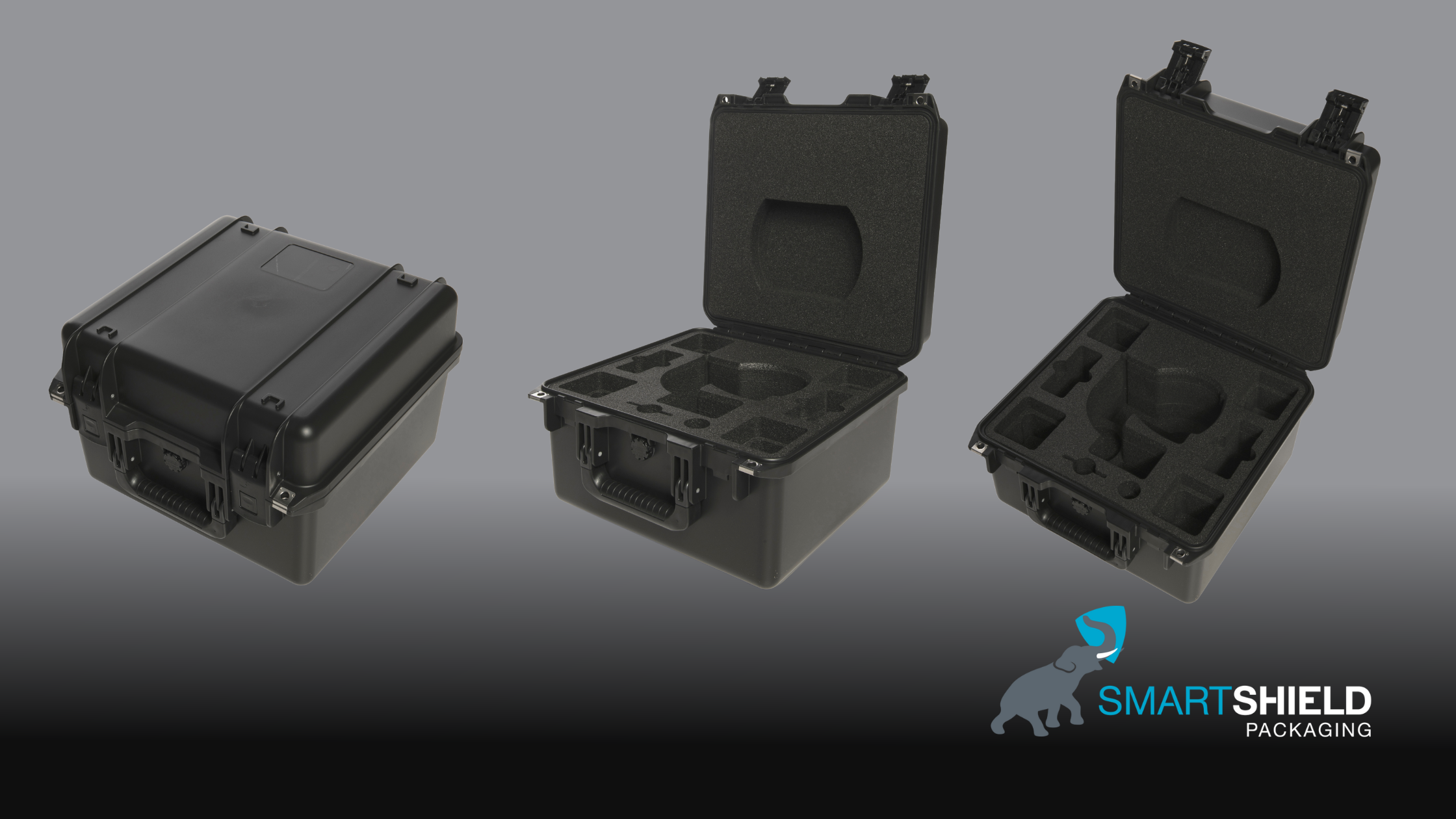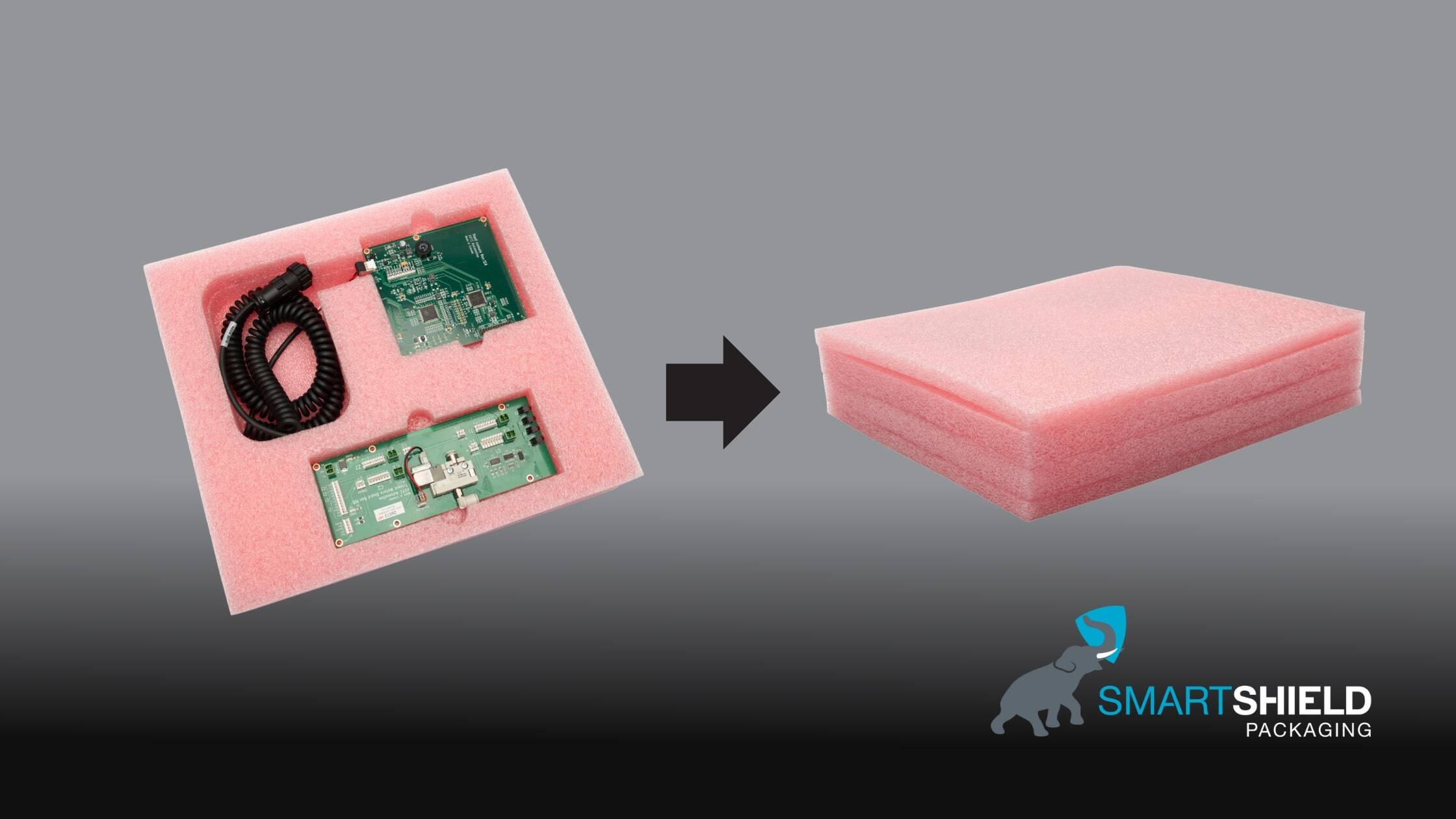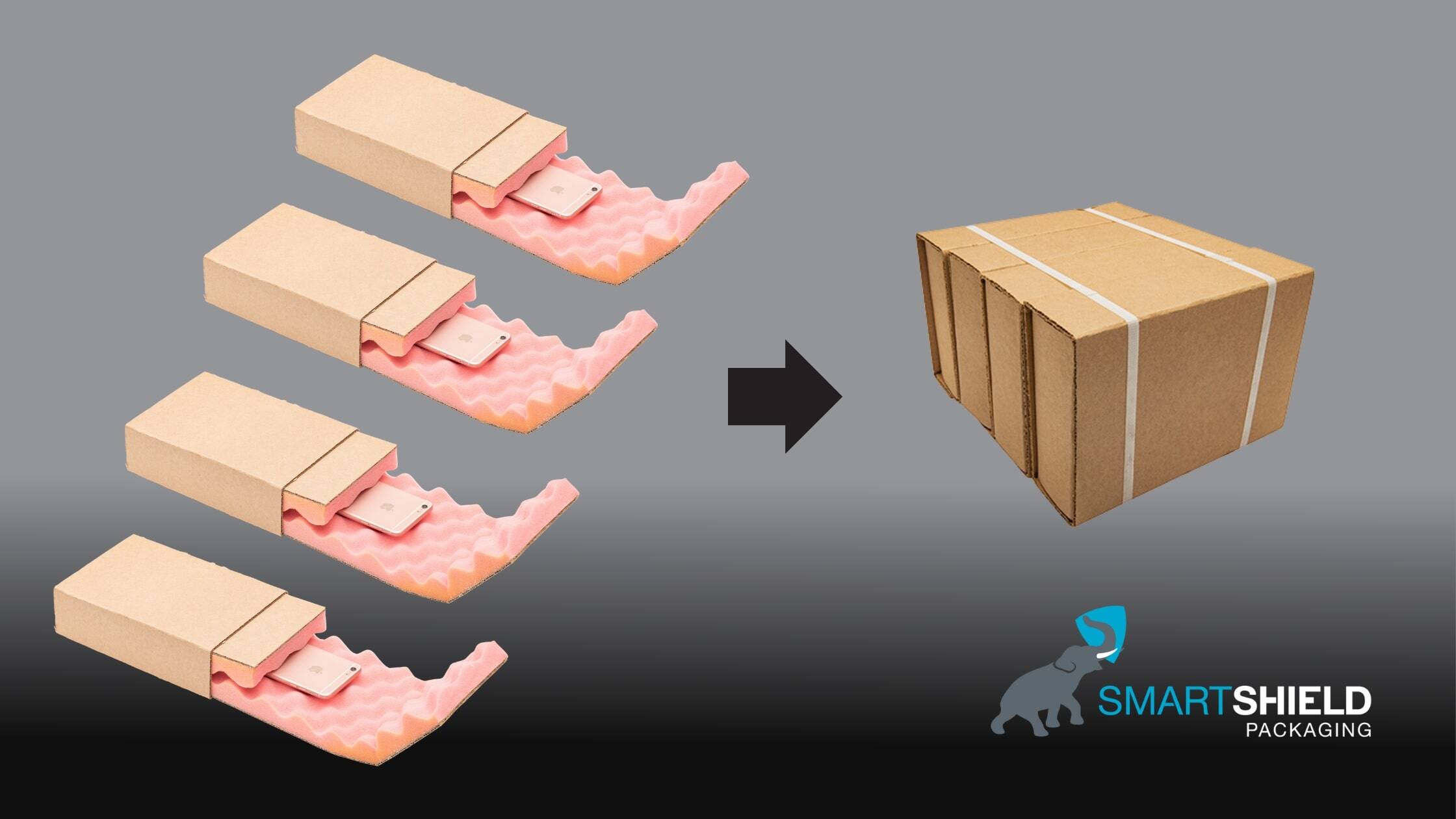When it comes to protecting sensitive electronic components, using the correct static protection foam is critical. Whether it's during storage, transport, or handling, the wrong foam can lead to costly damage.
That’s why it’s essential to understand the different types of static protection foams available and how to choose the right one for your packaging needs. We’re going to be diving into the subject in detail in this blog.
Let’s go.
Three Types of Static Protection Foam to Know:
1. Conductive Foam (Static Shielding Foam)
Conductive foam, often referred to as static shielding foam, is typically black and prevents static charges from building up.
It’s designed to form a Faraday cage around the product, protecting it from static by eliminating the need for a separate static shielding bag.
Ideal for sensitive electronics, it ensures that static won't impact the integrity of your components during transit or storage.

2. Anti-Static Foam
Anti-static foam is usually pink and works to prevent static charges from building up when rubbed against other materials.
However, it doesn’t provide full protection against static transfer, meaning sensitive components should still be placed inside a static shielding bag for total safety.
This foam is perfect for protecting items that are sensitive to static build-up but don’t require full shielding.

3. Static Dissipative Foam
Static dissipative foam balances the properties of conductive and anti-static foam.
It allows static charges to dissipate slowly, preventing sudden static shocks that could harm delicate components.
This foam is commonly used for work-in-progress trays and environments where gradual discharge is necessary.

Why Choosing the Right Foam Matters:
Choosing the right foam for your packaging needs can make a significant difference in ensuring the longevity of your electronic components.
Conductive, anti-static, and static dissipative foams each have specific strengths, but using the wrong type can leave sensitive items vulnerable to static discharge or damage during shipment.
Reusability and Quality Control
One of the benefits of static protection foam is its reusability. However, it's important to perform regular quality checks before reuse, as performance can degrade over time. Proper inspection ensures that the foam continues to offer reliable protection, minimizing the risk of static damage.
To Sum Up…
Whether you're transporting circuit boards or assembling high-value electronics, using the correct static protection foam is essential. Conductive foam offers full shielding, anti-static foam prevents build-up, and static dissipative foam allows safe discharge. Each type has its ideal use, ensuring your products stay protected.

Reach out today for expert guidance on choosing the right static protection foam for your components.


